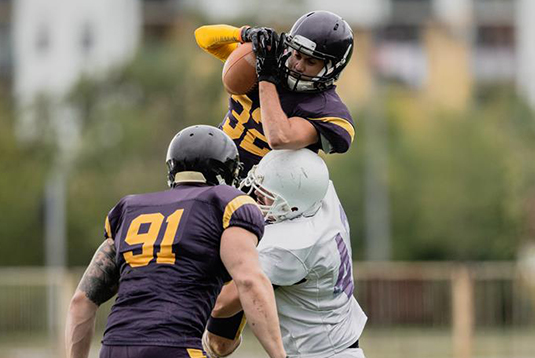
The New York Giants found themselves under the national spotlight recently after quarterback Jaxson Dart suffered a possible head injury during a late-game hit. What followed a heated exchange between head coach Brian Daboll and the team’s medical staff, sparked widespread debate about how player safety should be handled, even at the highest levels of sports.
According to multiple reports, Coach Daboll appeared visibly frustrated as the team doctor evaluated Dart for a potential concussion inside the blue medical tent. The coach’s desire to get his young quarterback back on the field was clear, but the team physician, bound by strict NFL concussion protocols, refused to rush the process.
Following the incident, both the NFL and NFL Players Association launched a joint review to ensure concussion procedures were followed correctly. Coach Daboll later apologized to the medical team, acknowledging that his emotions got the better of him in the heat of competition.
The Real Lesson: Trust the Medical Experts
While the headlines focused on NFL drama, this situation offers a powerful message for parents, youth coaches, and athletes at every level. When an athlete suffers a possible head injury or any injury, the medical staff’s judgment must come first. Their role is to protect the athlete’s health and long-term well-being, not to win the next play or game.
In professional sports, protocols are designed to remove bias and emotional influence. But in youth and amateur sports, coaches and parents often fill multiple roles, motivator, mentor, even advocate. This overlap can create tension when medical recommendations don’t align with competitive goals or parental instincts.
That’s why it’s essential to follow these principles:
- Respect the team doctor or athletic trainer. They’re trained to recognize subtle signs of concussion or injury that others might overlook.
- Avoid arguing or pressuring during evaluations. Emotional reactions can delay care and undermine medical authority.
- Establish boundaries before the season starts. Make it clear that medical decisions are final and players cannot return without clearance.
- Model calm, safety-first behavior. Kids and young athletes notice how adults respond. Your composure reinforces that health always comes first.
- Think long-term. A few missed plays or even a missed season are worth protecting an athlete’s future health and brain function.
Protecting Players, Building Trust
At every level of sport, the athlete’s health must remain the top priority. Whether it’s the NFL sideline or a high school football field, medical professionals are there to protect players from immediate and lasting harm. Coaches and parents should view them as partners, not obstacles.
The Giants’ incident serves as a reminder: passion wins games, but patience preserves lives.
When it comes to concussions and injuries, trust your medical team and let science, not emotion, guide the way.











